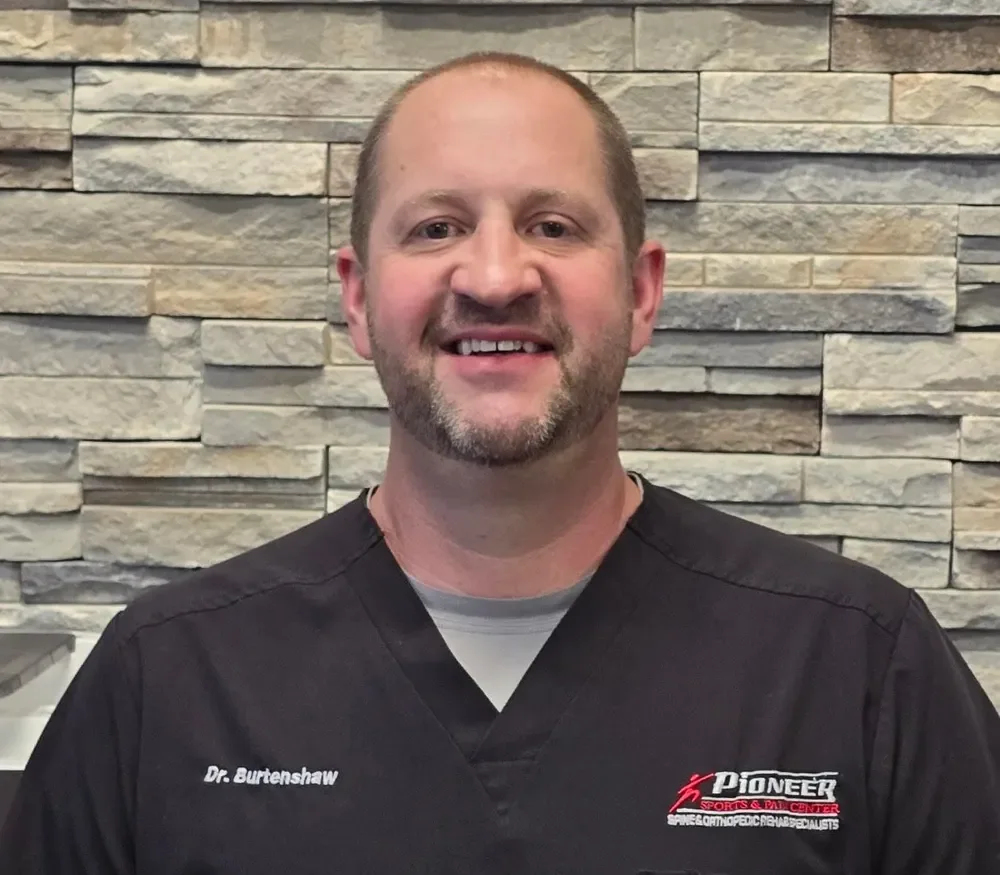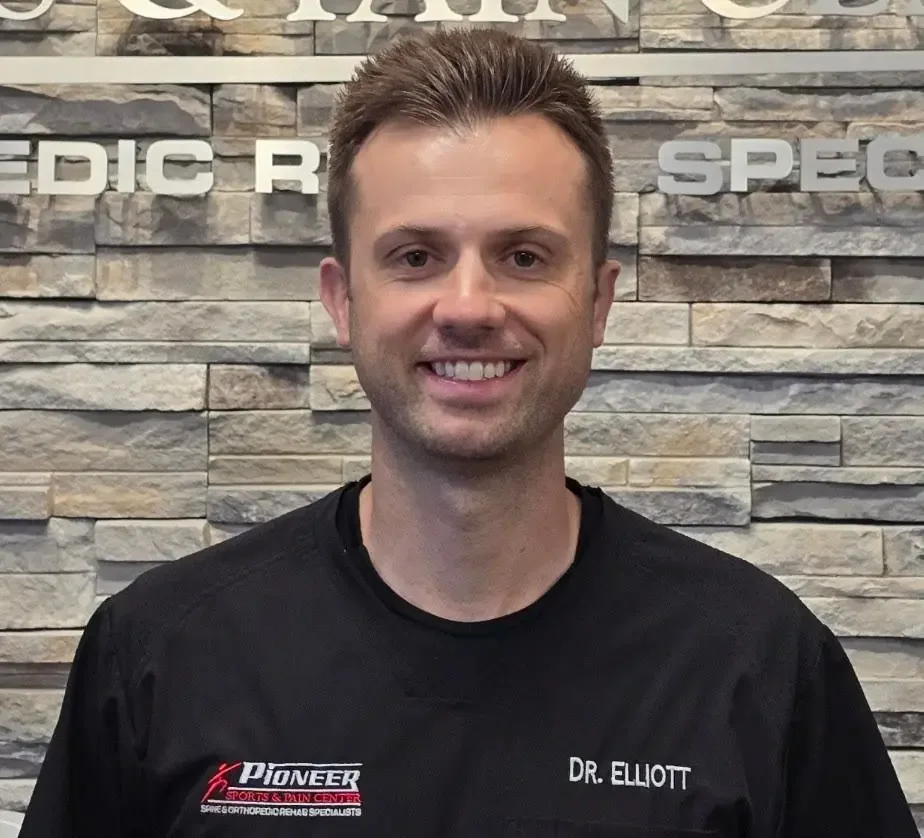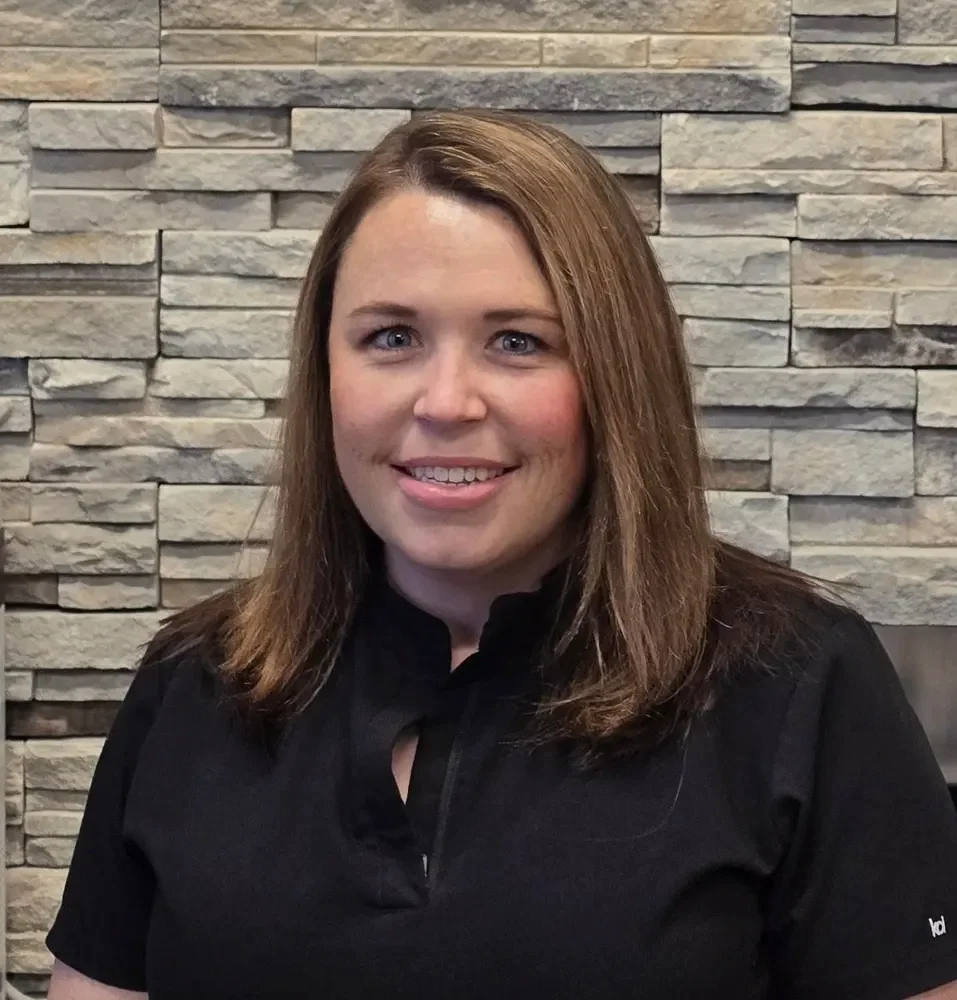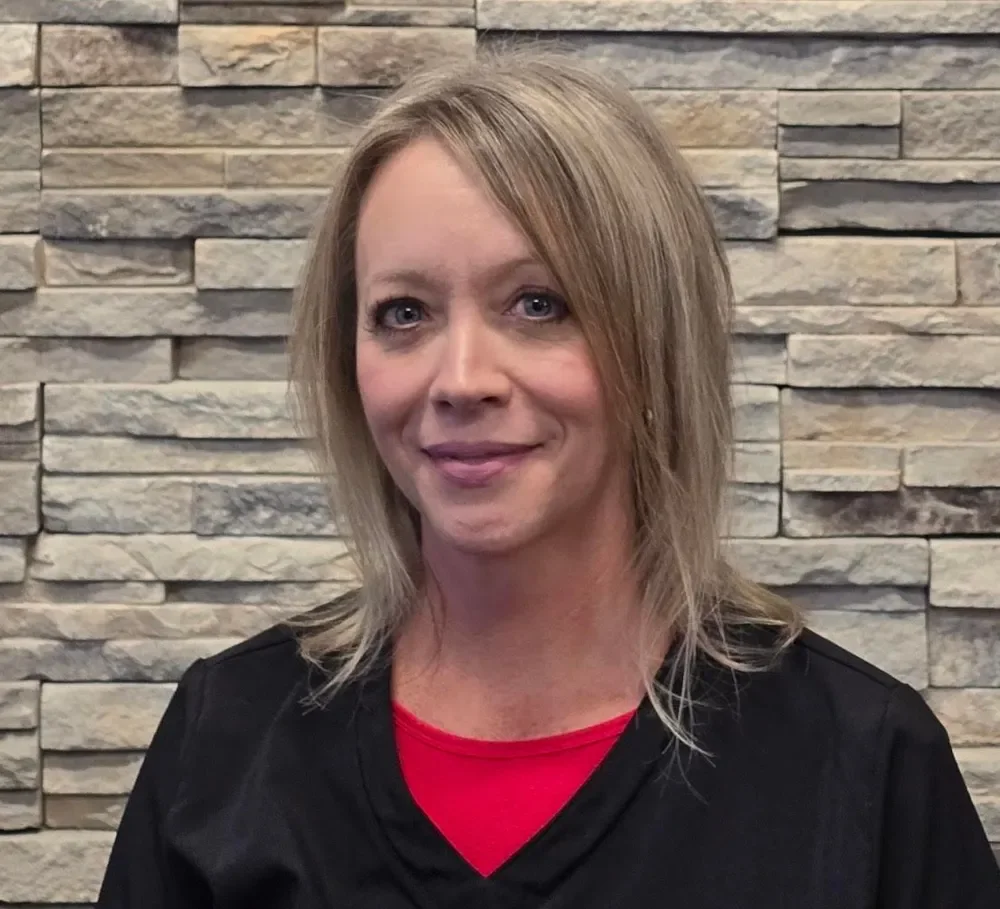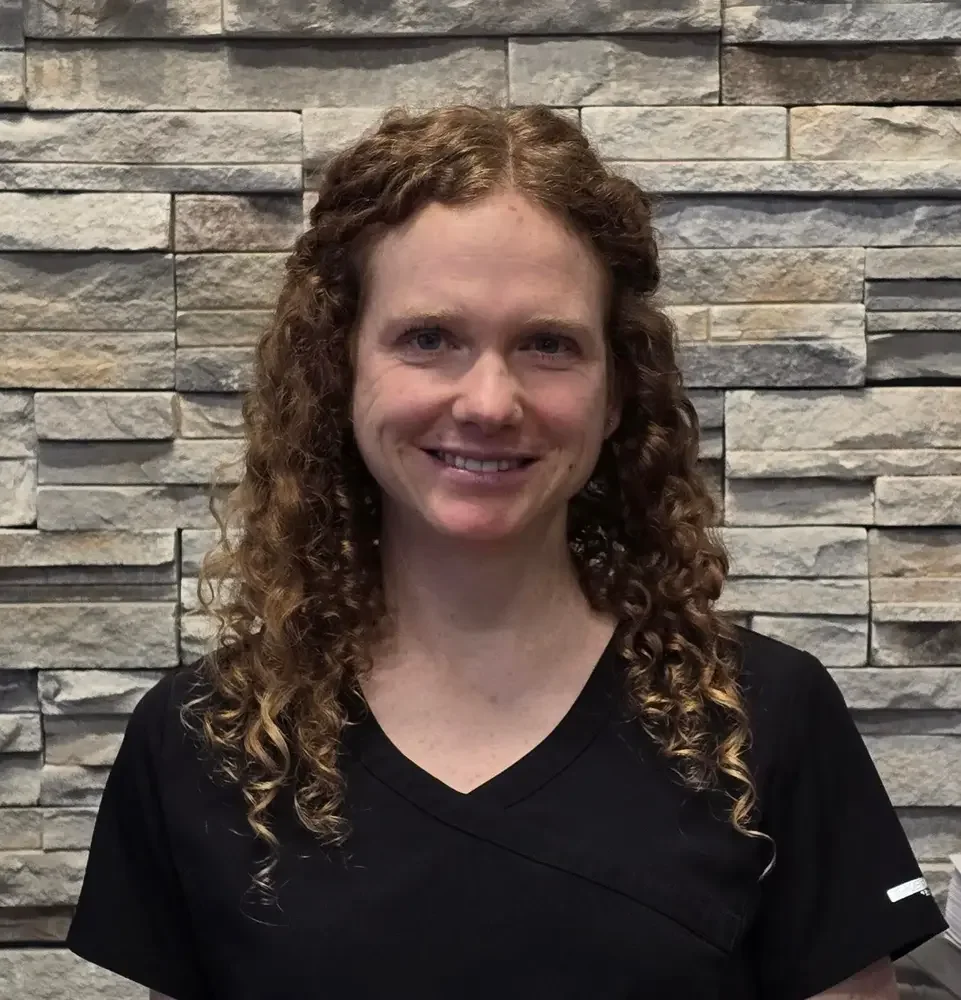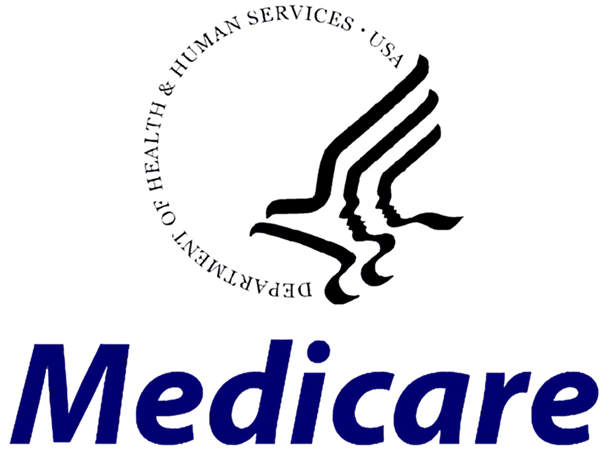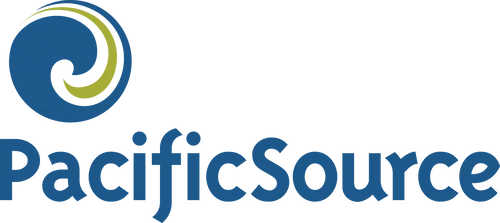PRP (Platelet-Rich Plasma) Therapy in Kuna, ID
Harness Your Body’s Healing Power to Treat Pain and Injuries Without Surgery
At Pioneer Sports & Pain Center in Kuna, Idaho, we offer Platelet-Rich Plasma (PRP) Therapy as a regenerative, non-surgical solution for joint pain, soft tissue injuries, tendon disorders, and degenerative conditions. This cutting-edge treatment uses a concentration of your body’s own platelets—rich in growth factors and healing proteins—to stimulate repair and regeneration at the cellular level.
Whether you’re an athlete recovering from a tendon injury, a patient with chronic knee osteoarthritis, or someone trying to avoid surgery, PRP therapy offers a safe and effective option to promote long-term healing instead of masking pain with medications.
What Is Platelet-Rich Plasma (PRP) Therapy?
PRP is a biologic treatment that involves collecting a small sample of your blood, processing it in a centrifuge to separate and concentrate the platelets, and injecting that platelet-rich plasma into the injured or degenerated tissue.
Platelets are the body’s first responders after injury—they contain over 30 bioactive proteins, including growth factors like:
- Platelet-Derived Growth Factor (PDGF)
- Transforming Growth Factor Beta (TGF-β)
- Vascular Endothelial Growth Factor (VEGF)
- Epidermal Growth Factor (EGF)
- Insulin-Like Growth Factor (IGF)
When injected directly into damaged tissue, these components stimulate:
- Collagen production
- Cell proliferation and migration
- Angiogenesis (new blood vessel formation)
- Reduction in inflammation
- Tissue remodeling and repair
Clinical Applications of PRP Therapy
PRP is used extensively in orthopedic, sports medicine, and pain management clinics worldwide. At Pioneer Sports & Pain Center, we commonly use PRP for:
Joint and Cartilage Conditions
- Knee osteoarthritis
- Hip and shoulder arthritis
- Meniscus and labral degeneration
- Early-stage degenerative joint disease
Tendon and Ligament Injuries
- Rotator cuff partial tears
- Tennis or golfer’s elbow
- Achilles tendonitis
- Patellar tendinopathy (jumper’s knee)
- Plantar fasciitis
- Chronic ligament sprains (ankle, knee)
Muscle and Soft Tissue Injuries
- Muscle strains with poor healing
- Gluteal or hamstring tendinopathy
- Adductor or groin injuries
Spinal Applications
- Facet joint degeneration
- SI joint inflammation
- Ligamentous support for spinal instability
Why Choose PRP Over Cortisone or Surgery?
Unlike corticosteroid injections, which only suppress inflammation temporarily, PRP targets the root of the problem by promoting tissue repair and regeneration. It does not degrade tissue or delay healing, making it a better long-term solution for many patients.
In many cases, PRP can:
- Reduce or eliminate the need for surgery
- Offer long-lasting relief for chronic tendon or joint pain
- Shorten recovery time after orthopedic injuries
- Improve function and mobility
- Delay progression of degenerative arthritis
The PRP Treatment Process
-
Consultation and Evaluation
We begin with a thorough orthopedic assessment, reviewing your symptoms, imaging (if applicable), and overall health to determine if PRP is right for you.
-
Blood Draw and Processing
A small amount of blood (typically 15–60 mL) is drawn from your arm and processed in a high-speed centrifuge to concentrate platelets to 3–7 times their baseline level.
-
Injection Procedure
Using either ultrasound or fluoroscopic guidance, the PRP is injected directly into the target tissue. This ensures accuracy, especially for deep joints or soft tissue structures.
-
Post-Injection Recovery
You may experience mild soreness or inflammation for 24–72 hours, as the healing cascade is activated. Most patients resume light activity within a few days and progress to full activity over 2–6 weeks.
How Many Treatments Are Needed?
Most patients benefit from 1 to 3 injections spaced 2–4 weeks apart, depending on the severity and location of the condition. For chronic degenerative issues, maintenance injections every 6–12 months may help prolong results.
What Are the Risks or Side Effects?
PRP is considered very safe because it uses your own blood—there is no risk of rejection, allergic reaction, or disease transmission. Side effects are generally mild and may include:
- Temporary soreness or swelling at the injection site
- Bruising
- Rare risk of infection (less than 1%)
Because PRP is a regenerative process, improvement builds gradually over time.
Scientific Evidence Supporting PRP
Numerous peer-reviewed studies support the effectiveness of PRP for:
- Knee osteoarthritis – PRP often outperforms corticosteroids and hyaluronic acid for long-term pain and function improvement
- Lateral epicondylitis (tennis elbow) – PRP reduces pain and improves grip strength
- Rotator cuff tendinopathy – Improves healing in partial tears and chronic inflammation
- Plantar fasciitis – Faster return to activity compared to standard therapies
Our team stays current on the latest PRP protocols and tailors your treatment for optimal clinical results.
Why Choose Pioneer Sports & Pain Center for PRP in Kuna?
- Advanced Injection Techniques – We use real-time imaging guidance for precision and safety
- Orthopedic and Sports Medicine Expertise – PRP is part of a broader, evidence-based rehab strategy
- Integrated Care Approach – We combine PRP with physical therapy, chiropractic care, and soft tissue rehab to maximize outcomes
- Trusted Local Providers – Serving Kuna, Meridian, Nampa, and the Treasure Valley with patient-first, non-surgical care

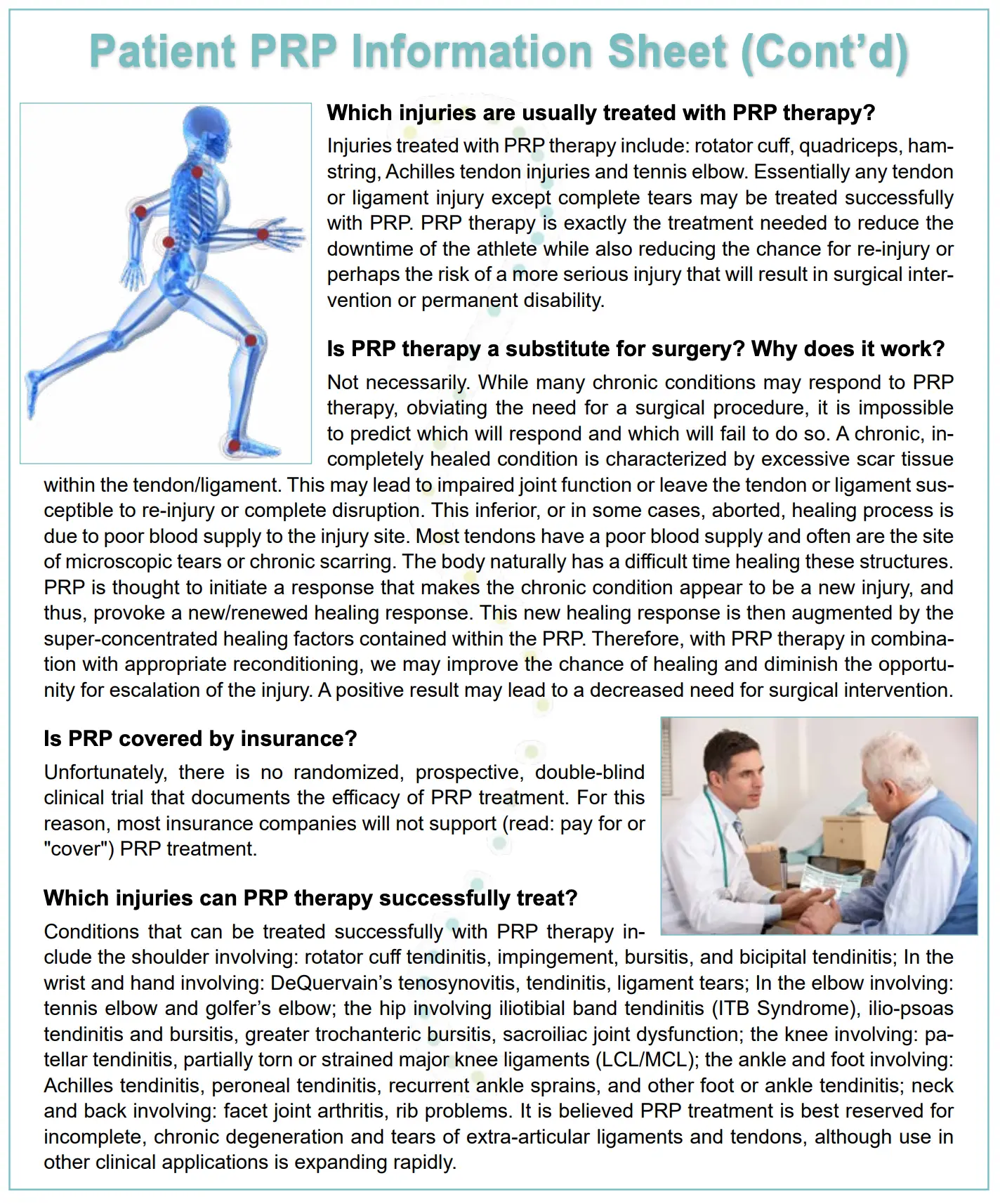
Frequently Asked Questions (FAQ)
Is PRP covered by insurance?
PRP is considered an elective, non-covered service by most insurance providers. However, we offer affordable self-pay options and package pricing. We’ll discuss all financial details before your treatment.
How long does it take to work?
Some patients feel improvement within 1–2 weeks, especially with tendon injuries. Others may take 4–6 weeks to see full benefit, as healing continues over time.
Is the injection painful?
There may be mild discomfort during and after the injection, especially in dense areas like tendons. Most patients tolerate the procedure well, and we offer local anesthetic if needed.
Can I work out after PRP?
You should avoid strenuous activity for at least 2–5 days post-injection. We’ll give you a customized rehab plan to safely return to activity and support tissue healing.
How is PRP different from stem cell therapy?
PRP uses concentrated platelets from your own blood, while stem cell therapy uses harvested stem cells (often from bone marrow or adipose tissue). Both are regenerative, but PRP is more widely studied, less invasive, and often more accessible.
Can I receive PRP more than once?
Yes. Many patients receive booster injections periodically or repeat PRP as needed for chronic issues or re-injury. Your provider will create a long-term plan if indicated.
Rebuild Your Body From the Inside Out With PRP Therapy in Kuna, ID
If you're looking for a natural, effective, and scientifically proven way to recover from injury, combat joint degeneration, or restore performance—PRP Therapy at Pioneer Sports & Pain Center may be the solution. Schedule your consultation today to find out if you're a candidate for PRP.

